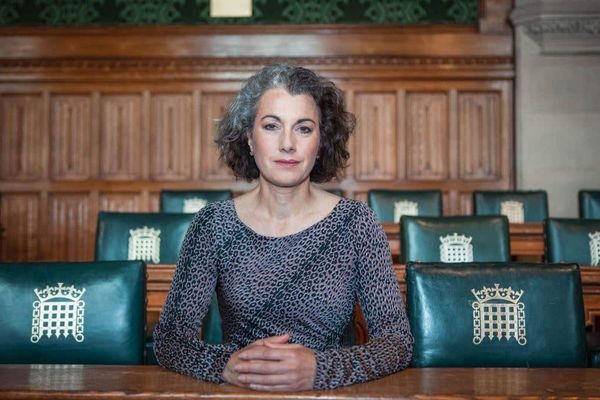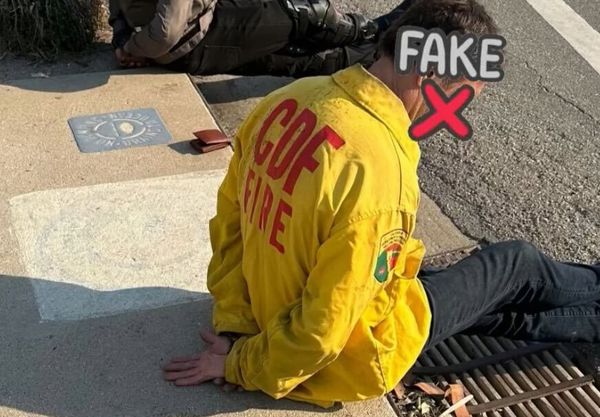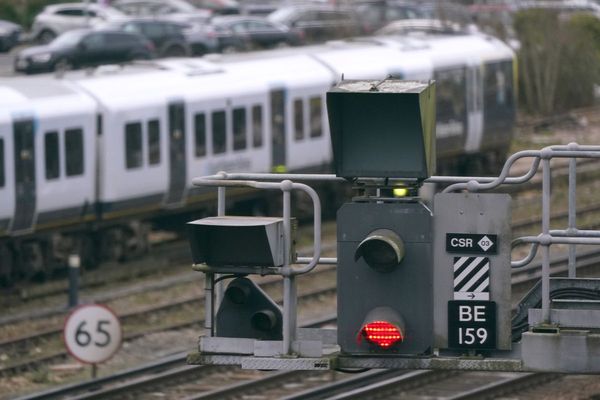
Sixty-seven thousand people are dead, to begin with. There is no doubt whatever about that. And as British Prime Minister Boris Johnson tries to sleep on Christmas Eve, three ghosts are set to haunt him: Coronavirus Past, Coronavirus Present, and Coronavirus Future. Each of them looks, frankly, pretty horrifying. With plans for a Christmas easing of lockdown now canceled following dramatically surging numbers, the question remains: Why can’t a country considered at the cutting edge of scientific research and disaster response handle the virus with minimal competence?
Coronavirus Past is the first of the specters, and it’s not a pleasant sight. The U.K. should have been better prepared for this disaster. A pre-pandemic assessment of national readiness for pandemics placed it second—just behind the United States. It has a world-leading biotechnology sector and a hugely competent and hard-working health care sector.
To be sure, a national lockdown was introduced on March 23, creating a temporary impression of competence at the beginning of the crisis. In May, only 39 percent of people believed that the government had not handled the coronavirus pandemic well, but that had risen to 56 percent in July.
This was a real lockdown, after all. A televised address from the prime minister told the public that they “must stay at home,” allowed to leave only for limited purposes including to buy food, to exercise once a day, and to collect prescriptions. Millions of people were placed on a government furlough scheme. This meant that workers placed on leave due to COVID-19 were able to receive 80 percent of their pay, up to a maximum of 2,500 pounds ($3,400) per month for three months—although the system left out self-employed people.
But even that lockdown decision arguably came too late. One of the scientific advisors to the Johnson administration, John Edmunds, a member of the Scientific Advisory Group for Emergencies, told the BBC: “I wish we had gone into lockdown earlier. I think that has cost a lot of lives, unfortunately.” The austerity measures imposed by the Conservative government over the past decade had already left critical shortages of personal protective equipment; government stockpiles had fallen by 40 percent since 2013.
And boosted by seeming success, the government started prioritizing the economy over health. Chancellor Rishi Sunak launched an Eat Out To Help Out initiative on Aug. 3, allowing restaurants and cafes to offer a 50 percent reduction on meals from Monday to Wednesday. The uptake on this was massive, with more than 100 million meals claimed. Newspapers welcomed Eat Out To Help Out with open arms. The government expressly encouraged people to support pubs, cafes, and restaurants, while Johnson called for more socializing and heaped praise on the resilience of the British pub.
That led to Coronavirus Present, an even uglier apparition. Numbers have been rising sharply since September, hitting a horrifying peak of nearly 36,000 new cases reported on Dec. 20. Over the past few months, the government has introduced new measures via a scattergun approach, culminating in the three-tier system that was a purported attempt to clarify complex localized regulations. Most of the north of England, including West Yorkshire and Greater Manchester, as well as the West Midlands, parts of Northern Ireland, the west of Scotland, and Wales were already under local lockdown, with specific rules for each region. Towns 10 minutes away from each other were under different regulations.
Local governments have struggled with the confused messaging that has marred the government approach from the outset. In Greater Manchester, you could not meet others from different households in your home or garden, unless they were part of your support bubble—another widely misunderstood and poorly communicated idea from the government—but you could go to restaurants and pubs, and to work. One Twitter user wrote: “So just to check: sitting in a room with people is not safe until there’s a card reader.” To top it all off, the three-tier system suddenly developed another tier over the weekend, with London and southeastern England being put under a new “Tier 4” with even stricter regulations. That’s left plans for a Christmas break—an easing of lockdown to let families reunite, in itself a bizarre idea—in tatters and shattered any public hope that the government might know what it was doing.
The purpose of the first, national lockdown, meanwhile, was supposedly to buy time to implement test-and-trace programs similar to those that have been successful in South Korea, Taiwan, and Australia. But that has also proven to be a disaster. As of mid-September, the government was facing a backlog of around 200,000 tests, and completed swabs were reportedly being sent to labs in Germany and Italy to be processed. Up and down the country, people are being told they need to travel hundreds of miles to get the tests they need, with some being sent from Greater Manchester to Scotland or Shropshire.
It’s not just the system of coronavirus testing that’s not working. Tracing is also in a shambolic state. In the northern town of Bradford, one of the worst-hit areas for COVID-19 cases, tracing as of September has been able to reach less than half the people who have been in contact with a coronavirus sufferer. A data processing disaster left tens of thousands of people in the dark about possible exposure.
The government has been forced to take a U-turn on the extension of their furlough scheme. After replacing it with a less generous job support effort, they caved to pressure and extended the original furlough scheme, which will continue at least until the end of March. According to research from YouGov in October, more than one-third of U.K. employers were planning to make staff redundant by the end of the year. A sweeping avalanche of job losses is expected to hit Britain this winter.
And what of Coronavirus Future, taking Johnson by the hand and leading him to a joyless future? Well, it’s not a happy picture. Even if the lockdown keeps numbers down long enough to roll out new vaccines and control the pandemic, the apparition of a no-deal Brexit is days away. That could leave the economy ravaged and severely disrupt supplies across the country, slowing a rollout and causing a public revolt. A “great year for Britain,” in Johnson’s cocky words in January, has turned into an unprecedented disaster—and Johnson himself is left staring at the gravestone of what’s likely to be a short-lived premiership.







